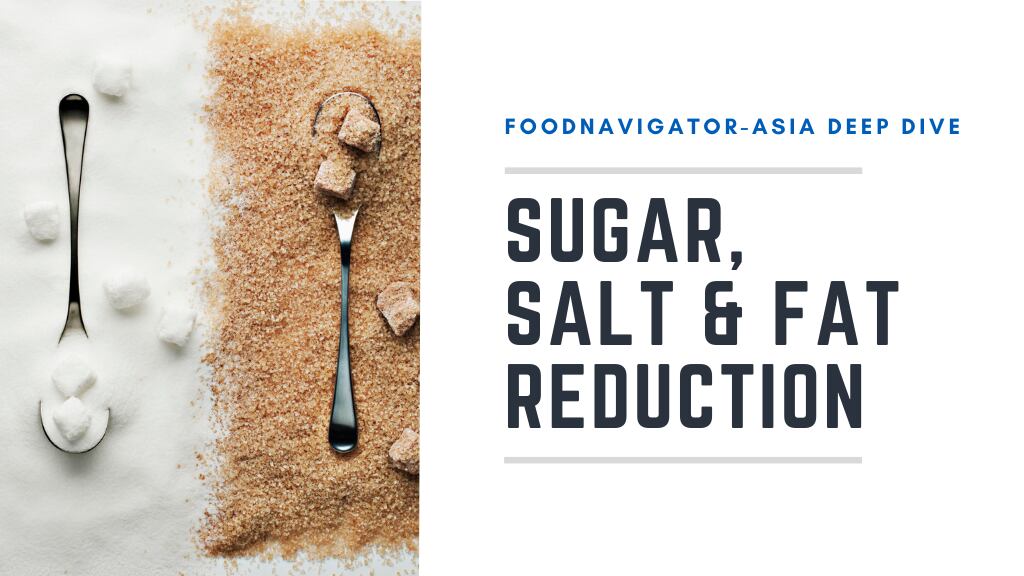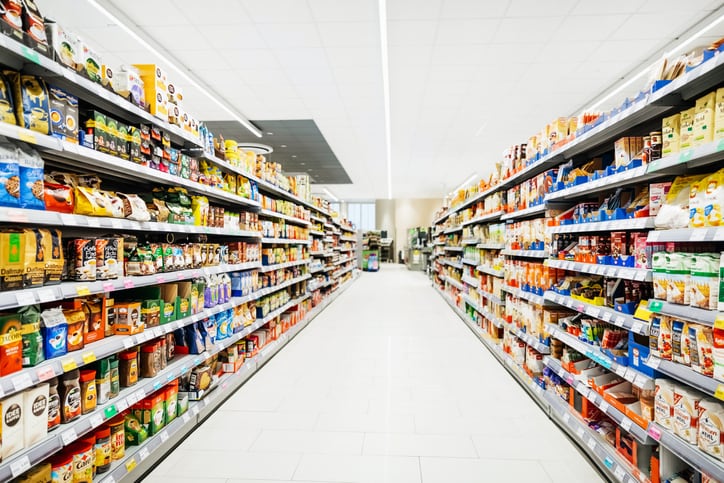Ajinomoto is best known for its seasoning product monosodium glutamate (MSG), which has faced a good deal of scepticism from consumers over the years, but the firm believes it is starting to lose some its stigma.
“Numerous public health agencies and organizations around the world have validated the use of MSG – It is made up of sodium which is found in salt, and glutamate, which is the predominant amino acid found in nature and is synthesized by our bodies [as well as] found naturally in foods people eat everyday like mushrooms, corn, cured meats, egg yolks, and green tea,” Ajinomoto Global Communications Department Manager Manasi Deodhar told FoodNavigator-Asia.
“If consumers can get past the stigma around MSG and understand that it is perfectly safe, we can begin to utilize it as an effective sodium reduction tool and flavour enhancer [in various food categories].
“[One of these is] in plant-based meat alternatives, as plant-based proteins have inherent flavours that are quite different than meat protein, and these flavours need robust masking technologies to create taste parity to their animal counterparts.
“While alternative proteins have come a long way, mimicking the texture and mouthfeel of meat is still a challenge [and] food manufacturers [want] to create the best products while also keeping the nutritional profile in check. We certainly see this as a growth opportunity since our umami and kokumi ingredients in combination with texture applications are able to create savoury, meaty flavours and ideal texture while also mitigating salt levels.”
Another area where Ajinomoto has been creating multiple reduced-salt products using its seasonings is in the ready-to-eat space, where it has already introduced 22 such offerings across eight product brands catering to local food cultures in five countries over the past two years.
“Ajinomoto is [not just about MSG] but the use of glutamates, which impart umami,” said Deodhar.
“This is a promising solution for sodium reduction [and] we are leveraging a variety of umami-enhancing solutions, including monosodium glutamate (MSG), monopotassium glutamate (MPG), and yeast extracts to lower sodium in our products while also maintaining great taste [as well as] offer these ingredients to food manufacturer customers to help lower sodium in their products.
“[For example], within our own product portfolio we’ve introduced seven instant soup products that reduce salt by 30% to 50% depending on the product, the Ros Dee seasoning and Yum Yum Sood Ded instant noodles in Thailand, Masako seasoning in Indonesia, and Bizim Mutfak chicken bouillon and ezogelin soup in Turkey. Other reduced sodium products were launched in Brazil and Peru.
“In Japan, we offer Yasashio, a salt alternative that is a blend of sodium chloride (salt) and potassium chloride to achieve a 50% reduction in salt. Since potassium chloride can have a bitter taste, we used amino acid technologies to mask this undesirable taste profile.”
She added that governments worldwide are placing increasing focus on salt reduction, which Ajinomoto is confident it can contribute to significantly.
“On average, salt intake in many developing countries is more than twice the World Health Organization (WHO) recommended standard of 5g per day which equates to about 2g of sodium per day,” said Deodhar.
“The WHO also reports that 22% of the world’s population is hypertensive, a condition related to high sodium intake (particularly from salt) and a major cause of premature death worldwide.
“[As such, many governments are working towards salt reduction] such as the Ministry of Health, Labor and Welfare (MHLW) in Japan which is establishing a new industry-academia-government collaboration organization to promote salt reduction. In the U.S., the Food and Drug Administration recently announced voluntary sodium reduction goals for the food industry and the U.K. will be implementing a ban on advertising of certain foods High in Fat, Sugar or Salt (HFSS).
“From a global health perspective, the need to reduce sodium is clear and the idea of healthier versions of products are generally welcomed by consumers as long as they don’t have to sacrifice taste, [so] a trend toward lower-salt alternatives will certainly take hold if food manufacturers are able to find solutions that reduce salt while maintaining flavour.”
Nutritional improvements
The firm is also looking to use its technologies to improve nutritional access for malnourished children, and is developing a plant-based ready-to-use-therapeutic food (RUTF) to do this - an energy-dense, mineral- and vitamin-enriched food that can be consumed with no preparation needed.
“About 80% of RUTF procurement is done by the United Nations International Children's Emergency Fund (UNICEF) and they currently only accept RUTFs made with peanut and milk per standards set by the World Health Organization (WHO),” said Deodhar.
“We are leveraging our expertise in amino acids to develop a RUTF made with soy, maize, and sorghum and fortified with added amino acids which can be mass-produced at about a 10% lower cost than current RUTFs, which we hope will contribute to the wider access of nutrition to children with severe acute malnutrition.
“By 2030, we aim to deliver our RUTF to undernourished children in Asia, where the current penetration rate of RUTF is low. We are also considering the production of a ready-to-use-supplementary food (RUSF) for Asia, which is product that helps in the management of moderate acute malnutrition.”
As part of its nutritional efforts, Ajinomoto recently announced a ‘Commitment to Nutrition’ on the Tokyo Nutrition for Growth Summit 2021 platform, committing to help extend the healthy life expectancy of one billion people.
Other projects
Japan is undergoing a major transition to an ageing population with many food and nutrition initiatives centred on finding solutions to cater to this growing demographic, Ajinomoto included.
“For hospitals and long-term nursing care facilities, we are working on value-added low-sodium and fortified protein products - In Japan, we currently offer meat softening seasonings and Mankai, a high-protein vegetable-based drink, to help improve intake of quality protein among the elderly,” said Deodhar.
“We are exploring other similar options to support the older adult population.”





